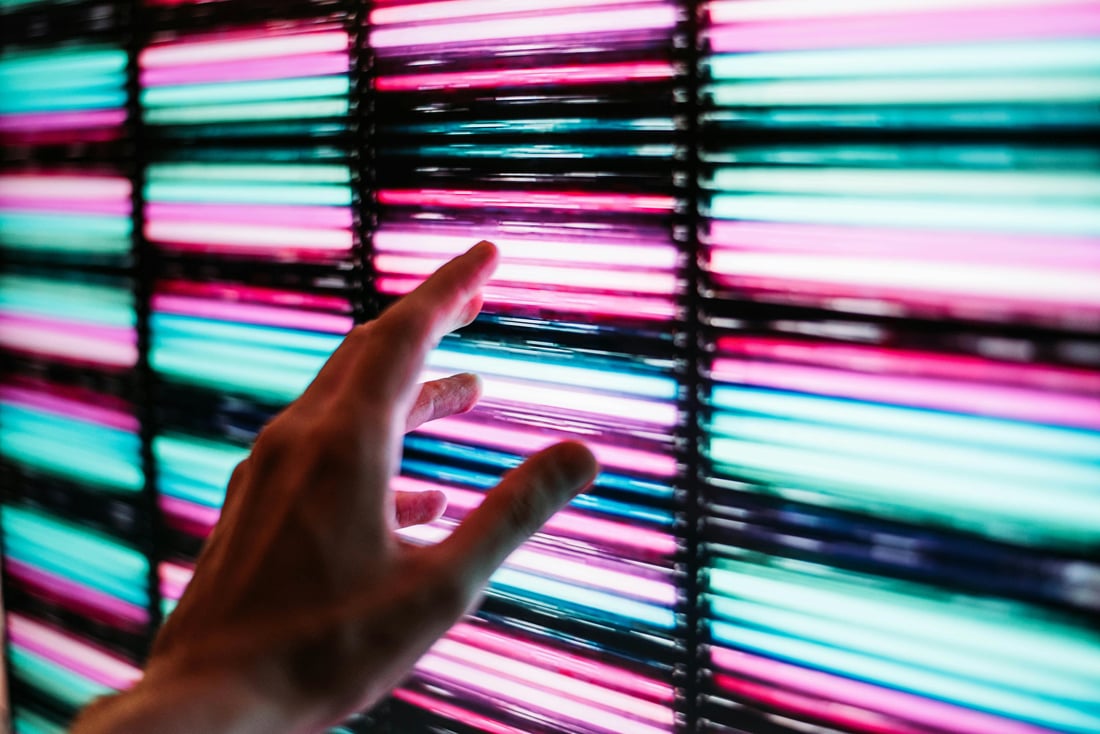LED inspection involves examining and testing light emitting diodes (LEDs) to ensure they are functioning properly and efficiently. This process helps to identify any defects or issues that may affect the performance and lifespan of the LEDs.
Benefits of LED Inspection
LED inspection is essential for maintaining the quality and performance of LED lighting systems. Regular inspection can help prevent malfunctions, ensure safety, and maximize energy efficiency. It also helps to identify any potential maintenance or repair needs before they escalate into more serious problems.
Types of LED Inspection
There are various methods of LED inspection, including visual inspection, thermal imaging, and electrical testing. Visual inspection involves examining the physical condition of the LEDs, while thermal imaging can detect overheating issues. Electrical testing is done to ensure that the LEDs are receiving the correct voltage and current.
When to Conduct LED Inspection
LED inspection should be conducted regularly as part of routine maintenance procedures. It is recommended to schedule inspections at least once a year, or more frequently for high-traffic or critical areas. Additionally, LED inspection should be performed after any major changes or upgrades to the lighting system.
Tools for LED Inspection
Various tools and equipment are used for LED inspection, including digital multimeters, thermal imaging cameras, and lux meters. These tools help to measure and assess different aspects of LED performance, such as brightness, temperature, and energy consumption.
Common Issues Found During LED Inspection
During LED inspection, common issues that may be identified include dimming or flickering lights, color inconsistency, overheating, and water damage. These issues can be indicators of underlying problems that need to be addressed promptly to prevent further damage.
Benefits of Professional LED Inspection
While DIY LED inspection is possible, hiring a professional for LED inspection is highly recommended. Professionals have the expertise, experience, and specialized equipment needed to conduct thorough and accurate inspections. They can also provide recommendations for maintenance and repairs.
LED Inspection for Energy Efficiency
LED inspection plays a crucial role in optimizing energy efficiency. By identifying and addressing issues such as overheating or voltage fluctuations, LED inspection helps to ensure that the lighting system operates efficiently, resulting in cost savings and reduced energy consumption.
Importance of Safety in LED Inspection
Safety is paramount in LED inspection, as working with electrical components can be hazardous. It is essential to follow proper safety procedures, such as wearing protective gear and turning off power sources before conducting inspections. By prioritizing safety, risks of accidents and injuries can be minimized.
Conclusion
In conclusion, LED inspection is a vital aspect of maintaining the performance, safety, and efficiency of LED lighting systems. By conducting regular inspections, potential issues can be identified and addressed promptly, ensuring that the lighting system operates optimally. Whether for residential, commercial, or industrial settings, LED inspection is essential for maximizing the longevity and effectiveness of LEDs.
Quote Inquiry
Contact us!

